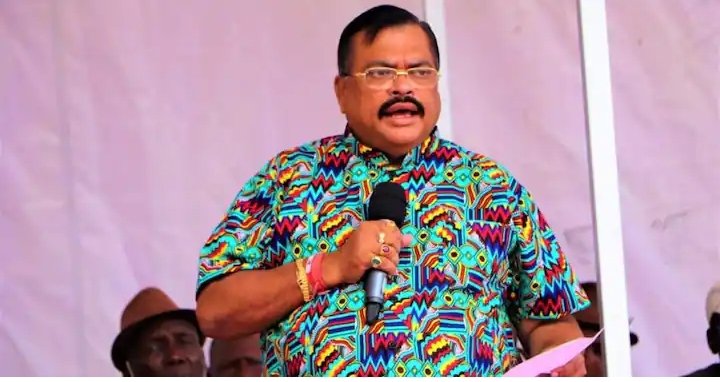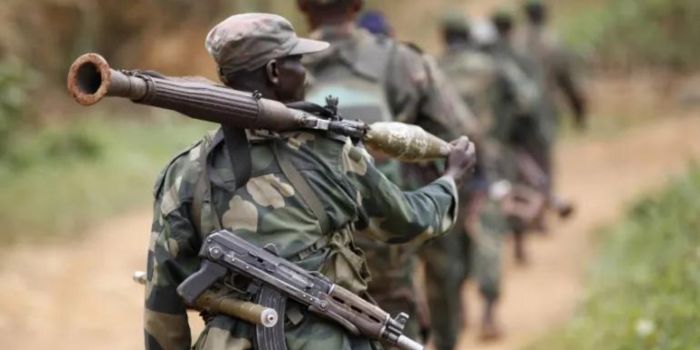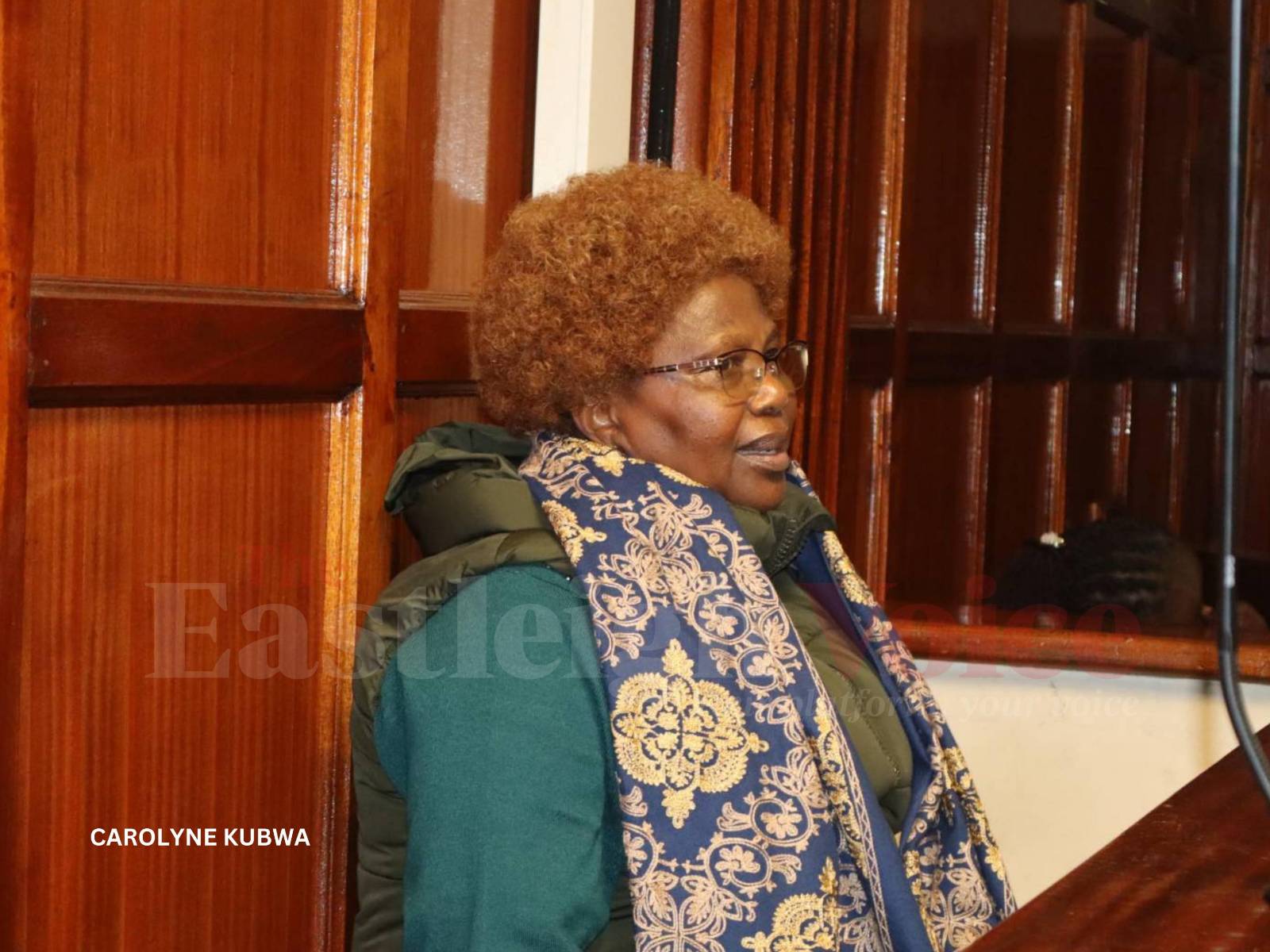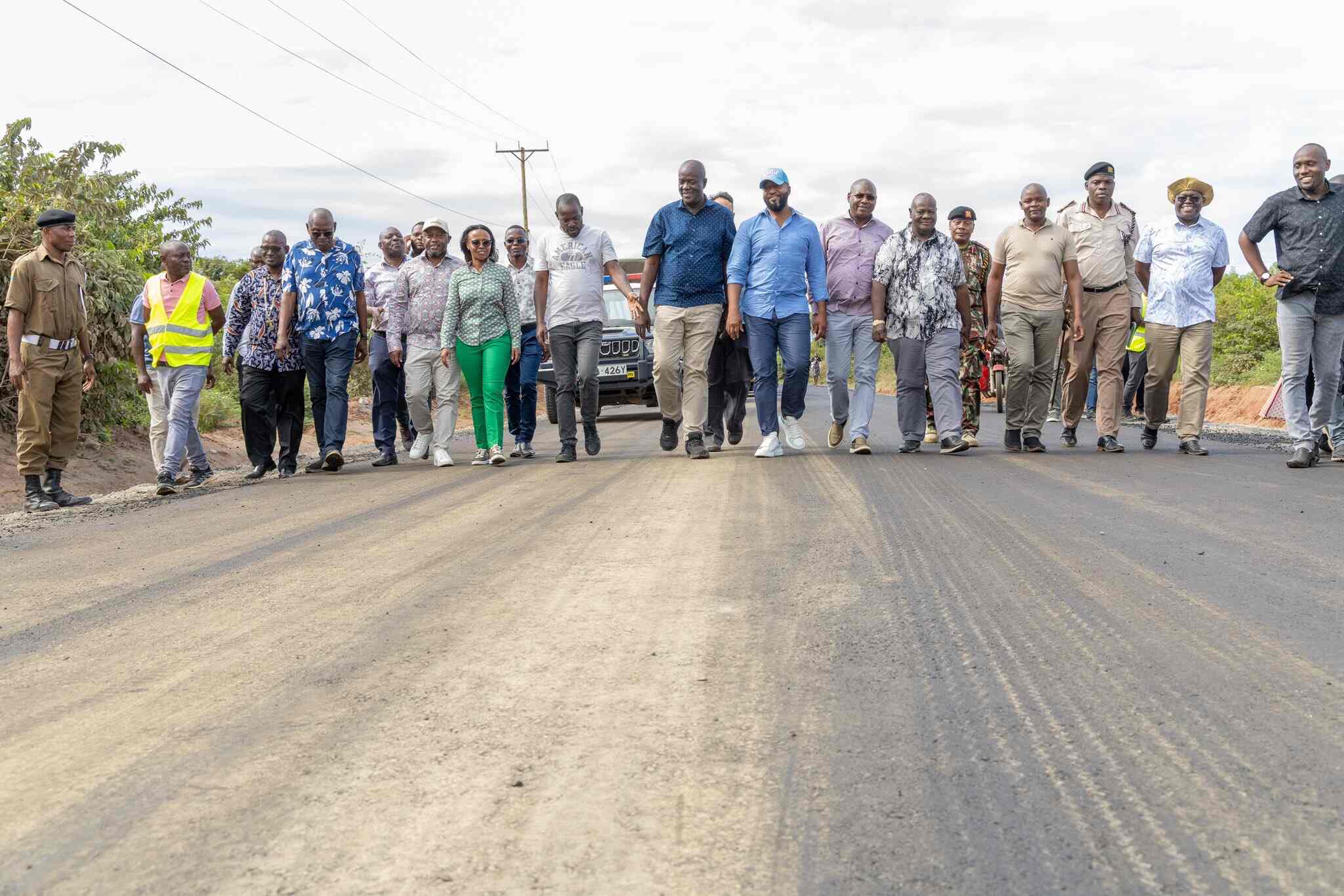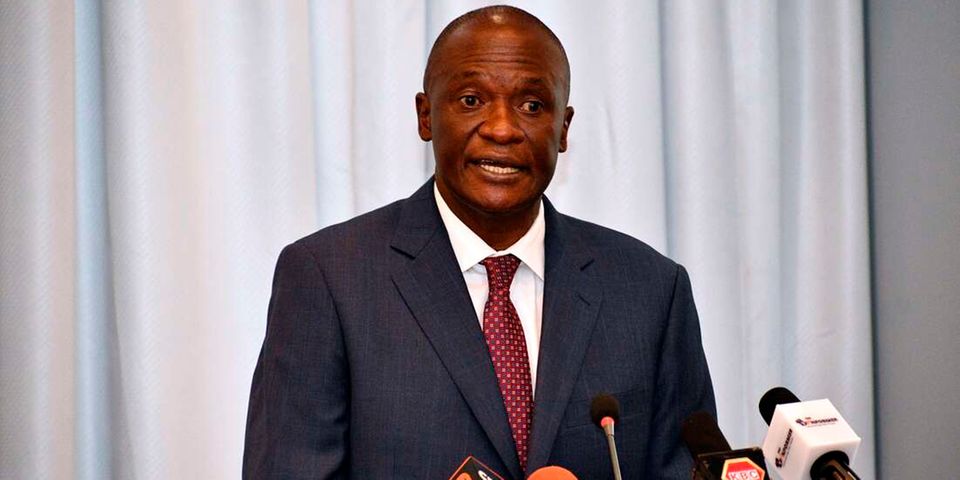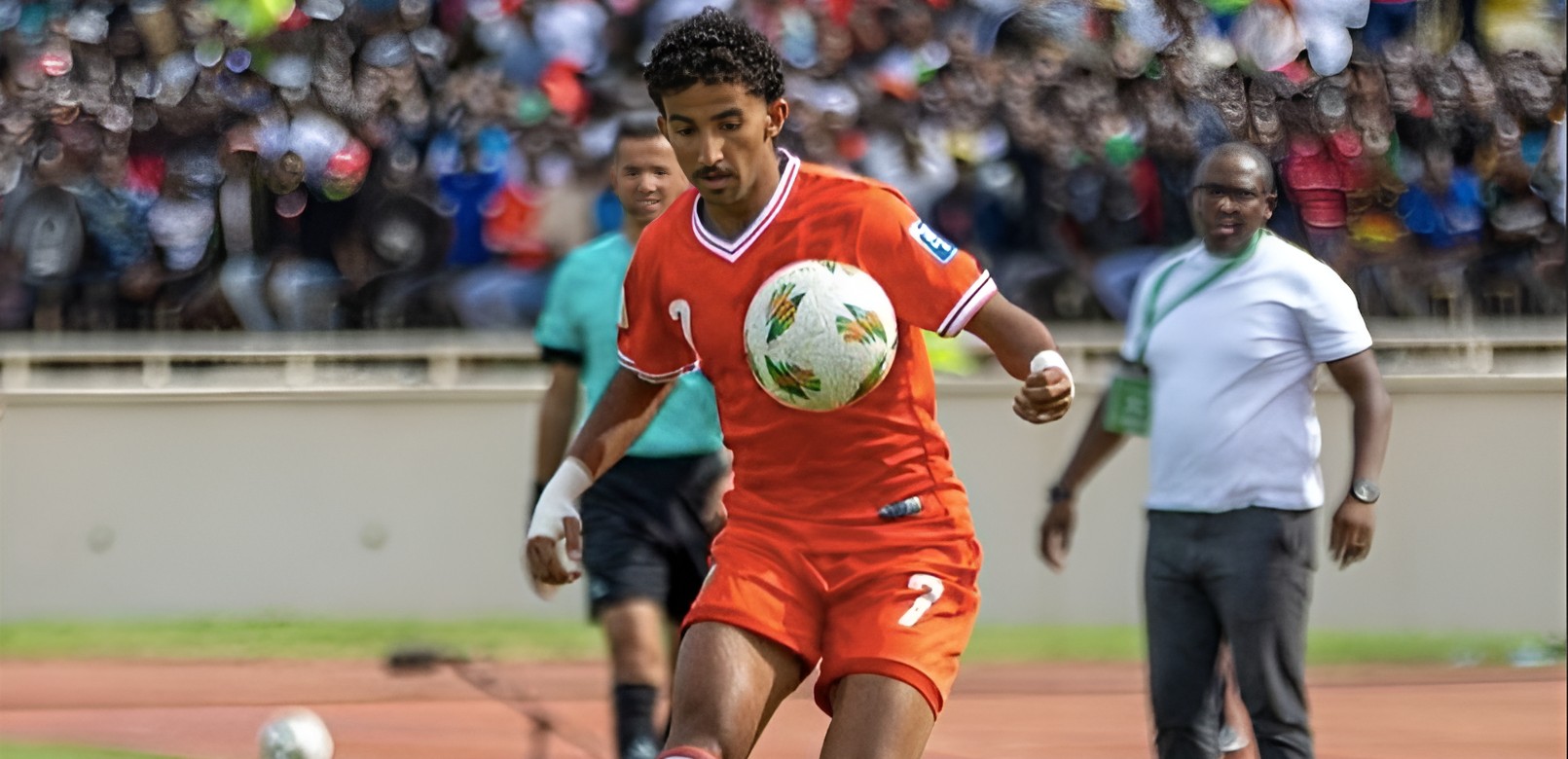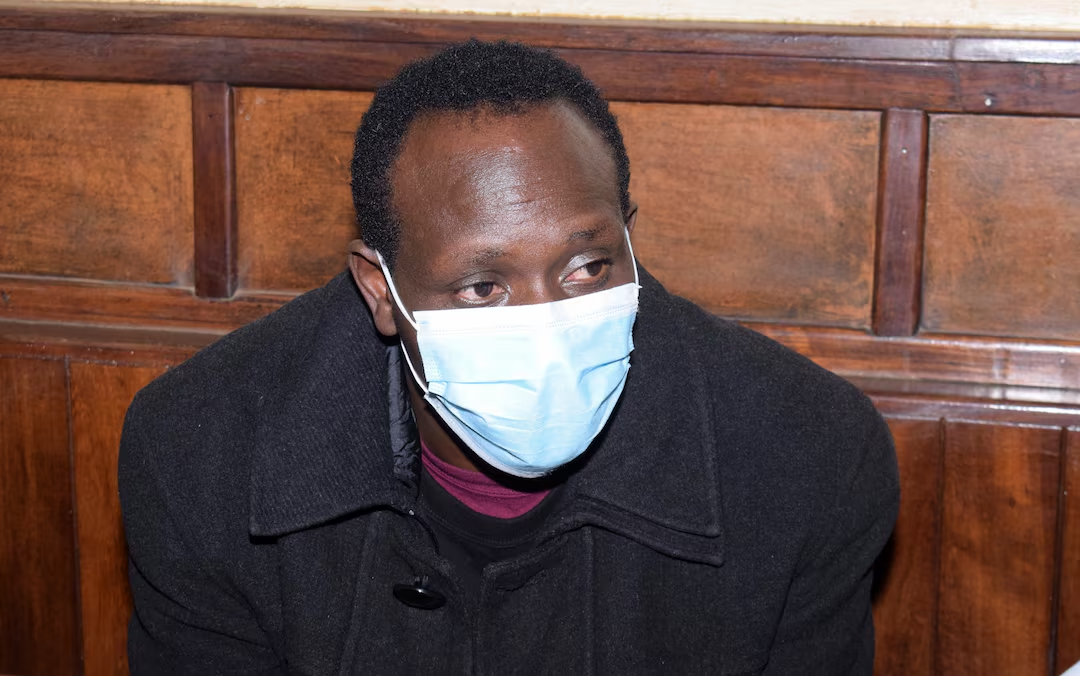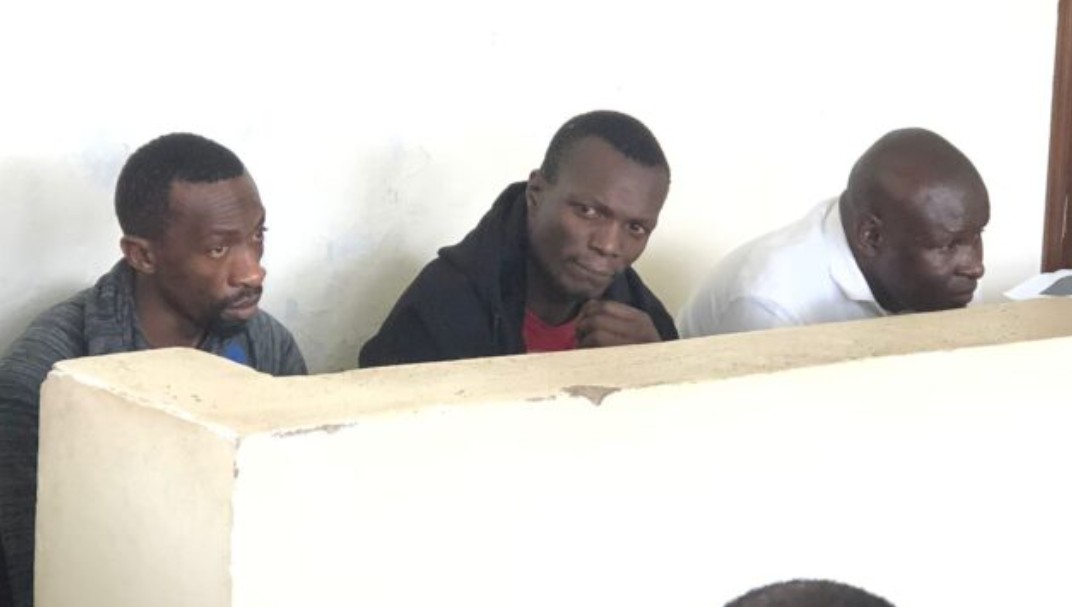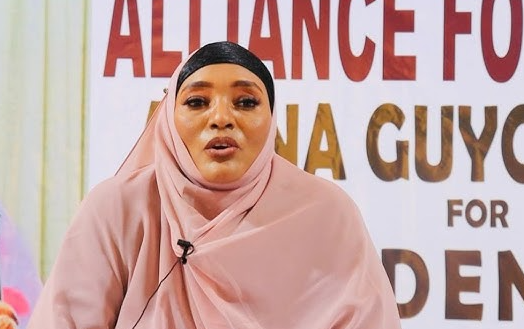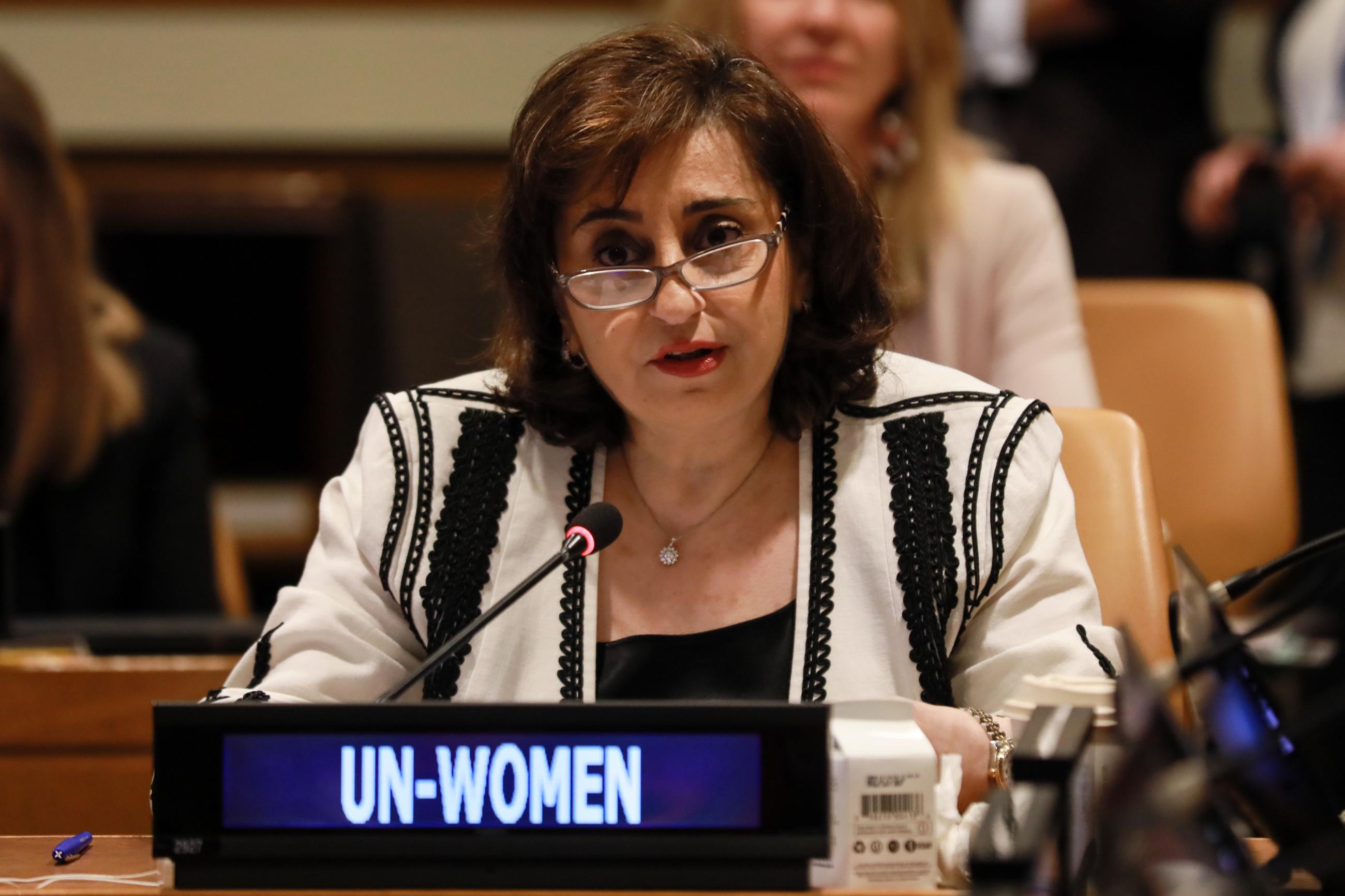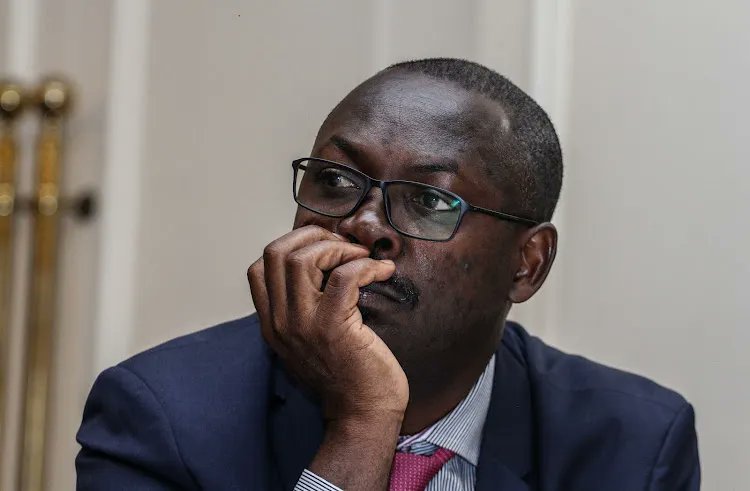Court hears how police surveillance systems tracked suspects in Ahmed Rashid murder case

According to intelligence officer Fredrick Gichuki, on March 31, 2017, a group of young men believed to be members of the notorious ‘Gaza’ gang boarded different matatus heading toward Kariobangi, triggering alerts among security agencies.
The High Court has heard how police surveillance systems, intelligence operations, and a feared gang intersected in a deadly confrontation in 2017.
On Monday, intelligence officer Fredrick Gichuki testified before Kibera High Court judge Diana Kavedza, detailing how Nairobi County’s advanced monitoring tools—including city CCTV and an automatic number plate recognition (ANPR) system—were used to track suspected gang members in Kayole.
More To Read
- Residents demand action as borehole drilling company renders Yusuf Haji Avenue impassable
- Safaricom’s Ndoto Zetu initiative elevates maternal health in Kamukunji's Eastleigh with bed donation
- Eastleigh residents slam City Hall over shoddy repairs on Athumani Kipanga Street, demand permanent fix
- Mahiza Cafe and Bakery: Eastleigh’s chocolate and dessert factory serving pistachio dreams, boba, and halal elegance
- How Eastleigh rewrote its colonial name into a Kenyan-Somali powerhouse
- Eastleigh man transforms neglected 13th Street roundabout into flourishing maize farm
Gichuki was testifying in the case against former Pangani police officer Ahmed Rashid Hassan, who is charged with the 2018 murder of two youths in Eastleigh. The prosecution alleges the killings were extrajudicial.
According to Gichuki, on March 31, 2017, a group of young men believed to be members of the notorious ‘Gaza’ gang boarded different matatus heading toward Kariobangi, triggering alerts among security agencies.
"There was intelligence indicating they were mobilising with an intention to commit a crime," he told the court.
"Undercover officers began trailing the suspects, and at 12:00 noon, a group of four entered a building. Intelligence flagged them as dangerous and possibly armed, prompting an urgent response," he added.
Gang-related violence
The court heard that the incident occurred in Kayole, an area frequently linked to gang-related violence. Gichuki noted that the suspects were in a densely populated public space, which heightened the threat level.
However, he said he could not initially confirm whether the individuals trailing the gang were indeed police officers.
He stated that standard police communication systems were activated, and officers were promptly mobilised.
Earlier, the court heard that on April 4, 2017, Gichuki’s office received a request from the Directorate of Criminal Investigations (DCI) seeking video footage related to the incident.
Gichuki confirmed that the footage was retrieved from surveillance systems and handed over to Police Constable Joseph Owanga, the lead investigator. He added that the systems were fully functional at the time and the footage was certified for use in the ongoing case.
The prosecution is relying heavily on the surveillance data and intelligence reports to argue that police actions fell within operational guidelines.
The defence, however, contends that Rashid—who has been previously linked to extrajudicial killings—used excessive force without following due process.
Rashid is accused of murdering Jamal Mohamed and Dahir Kheri.
Top Stories Today
